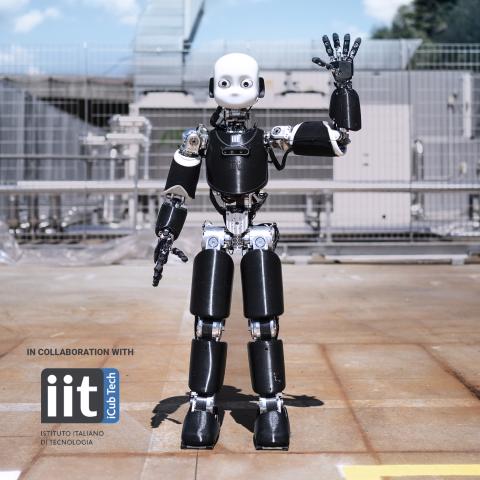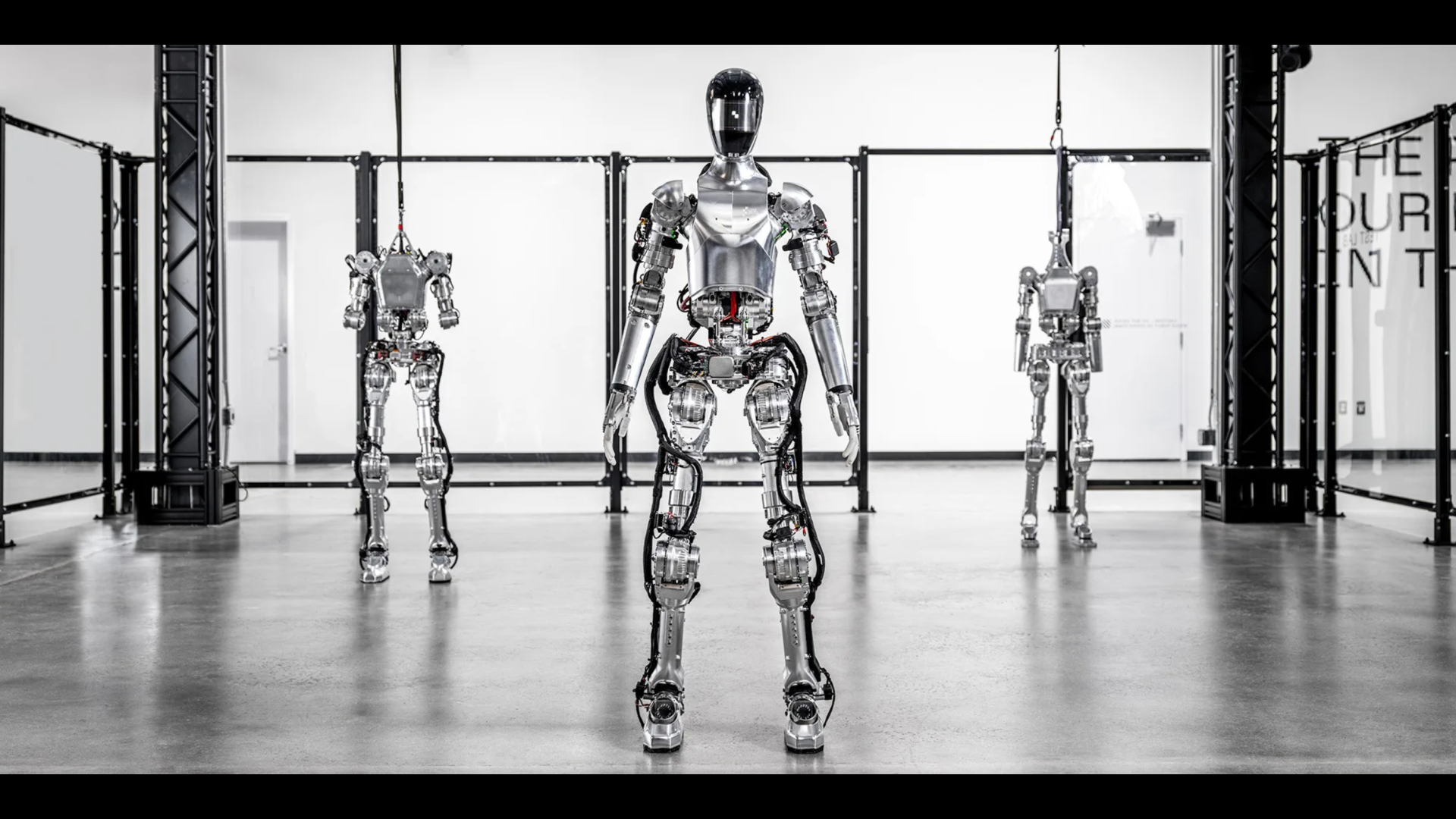The iCub3 Avatar: More Human Than Human
Ever thought you could be in two places at once? The iCub3 Avatar is making it happen. This isn't your average robot; it's your digital doppelgänger. Picture this: you're chilling in New York, but through iCub3, you're also nailing a presentation in Tokyo. Mind-blowing, right?
Step into the world of iCub3, where the lines between human and machine blur, crafting an era where robots are more than metal—they're avatars with a human touch. Developed by the brainiacs at the Istituto Italiano di Tecnologia, iCub3 is not just another humanoid; it's a gateway to remote worlds, powered by the ingenious iFeel wearable tech.
Imagine controlling a robot that's not just mimicking movements but feeling the environment, just like you would. The iCub3 does just that, making its mark in art galleries and even rocking stages with its presence. This isn't just robotics; it's a whole new level of interaction, where the robot becomes an extension of your being.
But what's truly mind-bending is the iCub3's journey from lab to limelight, showcasing its capabilities beyond the confines of research facilities. Its participation in the high-stakes ANA Avatar XPrize competition is not just a test; it's a bold statement of its readiness to step into our world, transforming how we perceive remote interaction and robotics.
With every movement it mirrors and every sensation it transmits back to its human operator, the iCub3 is redefining the boundaries of what robots can do. It's not just about sending a machine to do a human's job; it's about creating an immersive connection, making distance irrelevant. The iCub3 avatar system is a glimpse into a future where our digital and physical realities converge, seamlessly bridged by humanoid avatars.
Figure AI: The Cool Kid on the Block
Figure AI is the new kid in town, and it's got Microsoft and OpenAI wanting in. We're talking about a humanoid that could be doing the heavy lifting at a construction site or maybe even serving up your latte. With a potential $500 million on the table, Figure AI is setting the stage for robots to walk among us. Dive deeper into this story at The Columbian.
Imagine a world where robots don't just follow commands but learn by watching us, mirroring our actions to perform tasks autonomously. This isn't a scene from a sci-fi flick; it's the reality Figure AI is crafting with their humanoid robots, setting the stage for what Brett Adcock, the mind behind Figure, calls a "ChatGPT moment for humanoid robotics."
What sets Figure's humanoids apart is their innate ability to observe and adapt. Within a mere 12 months of development, Figure's 01 model was not just walking but mastering tasks by simply watching humans in action. This groundbreaking approach to learning signifies a leap towards robots that can seamlessly integrate into our workspaces, taking on everything from mundane chores to complex tasks without a programmer guiding their every move.
But Figure AI isn't stopping at coffee machines and office tasks. The vision is grander, aiming for a future where these robots can handle a variety of jobs in dynamic environments, showcasing the same flexibility and adaptability as humans. The implications of this technology are vast, hinting at a future where humanoid robots could fundamentally alter the landscape of labor and productivity.
As we stand on the brink of this robotic renaissance, one can't help but wonder: how will these advancements shape our world? Will Figure AI's robots become the new colleagues, helpers, or even companions in our daily lives? The possibilities are as exciting as they are endless.
Optimus Gen 2: Tesla's Robot Dream
Tesla's stepping out of the garage and into the robot ring with Optimus Gen 2. This isn't just a side project; Elon Musk believes it could be Tesla's biggest hit yet. Imagine a robot that doesn't just understand orders but anticipates your needs. It's like having a personal assistant who never takes a day off. Curious? Electrek has the lowdown.
In a world where Elon Musk's ventures touch the stars, Tesla's latest leap, Optimus Gen 2, brings the future down to Earth, quite literally. This next-generation humanoid robot isn't just about automating tasks; it's about redefining human-robot synergy. With Tesla at the helm, we're not just looking at robots; we're peering into the future of humanity itself.
Gone are the days when robots were confined to assembly lines and sci-fi novels. Optimus Gen 2 strides into the spotlight, equipped with Tesla-designed actuators and sensors, promising a future where robots walk among us, not just as helpers but as companions. This isn't just a step forward in robotics; it's a giant leap towards a new societal fabric, woven with the threads of AI and human ingenuity.
With the unveiling of Optimus Gen 2, Tesla challenges the very notion of what robots can do. From walking 30% faster to a significant weight reduction while improving balance, Optimus is not just another robot; it's the harbinger of a future where technology and humanity converge. The demonstration of Optimus Gen 2 performing a squat isn't just about showcasing its physical capabilities; it's about demonstrating a future where robots and humans share spaces, tasks, and maybe even conversations.
As Tesla forges ahead, integrating AI, batteries, and electric motors into a humanoid form, we stand on the brink of a new era. An era where Optimus Gen 2 doesn't just perform tasks but becomes a part of our social fabric, challenging our preconceptions of labor, companionship, and the essence of human-robot interaction. Tesla's vision isn't just about building robots; it's about building a future, one where technology elevates humanity to new heights.



